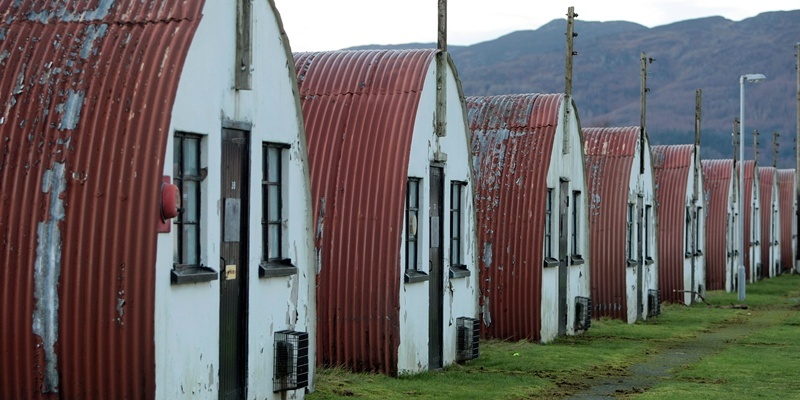Plans have been revealed to further develop a former prisoner of war camp in Perthshire.
Cultybraggan Camp was set up in 1939 as a maximum security prison and housed up to 4,000 German and Italian POWs, with Adolf Hitler’s deputy, Rudolf Hess, alleged to have been among them.
Recently it has been used as a base for several businesses and organisations in Comrie, with more people seeking a tenancy.
In 2007, Cultybraggan was bought from the Ministry of Defence for £350,000 through a community right-to-buy option and since then a lot of work has gone into securing its future.
Nine prefabricated huts have been converted for various uses but demand has been so high that the site operator, Comrie Development Trust (CDT), has plans for significant expansion by incorporating 29 more huts.
Inquiries received by CDT suggest that the huts would be put to use in several ways, including storage, office space and as a distribution centre.
In a planning statement CDT said: ”The trust considers that bringing both the listed and unlisted huts into appropriate use helps to safeguard their future and is in line with Perth and Kinross Council’s emerging policy of recognising the role Cultybraggan Camp has to play in providing industrial and commercial space in this rural location in the next 10 years.”
Chairman Alan Caldwell said: ”We will refurbish a certain number of huts, but the first step is to get permission. It is good news for the local economy in these difficult economic times that the lets of the first phase of units is almost fully subscribed.
”The nine huts were converted into 13 units and they have been full for quite a while, so we are now having to turn people away. This permission would enable the trust to offer a wider choice, for businesses and individuals, of flexible space to let.”
Earlier this year, the trust appointed property consultants to sell the former government bunker on the site, which was designed to accommodate up to 150 key officials in the event of a nuclear attack.
The bunker was completed in 1990 and is thought to be the last and most technologically advanced structure ever built specifically in relation to the Cold War threat.
Construction cost around £30 million (£90m in today’s prices). It went on sale in February with a guide price of £400,000 and inquiries were treceived from South Africa, Australia, America, France, Germany, Spain, India and Bermuda.
Rumours were rife that a Californian company was buying it to use as a shelter in the wake of an international disaster, but the trust issued assurances that it would only consider offers that fit its vision for the camp.
